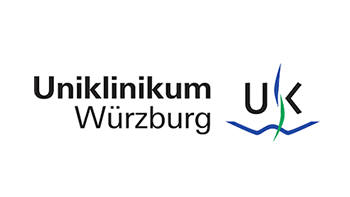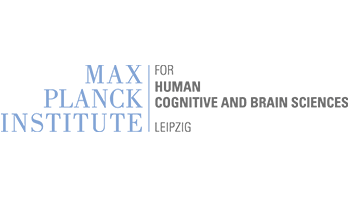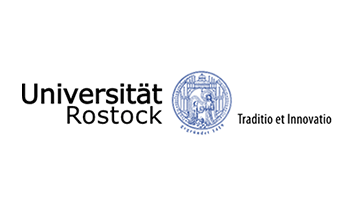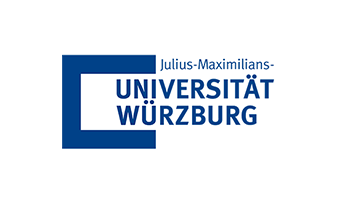Lange F, Eldebakey H, Hilgenberg A, Weigl B, Eckert M, DeSunda A, Neugebauer H, Peach R, Roothans J, Volkmann J, Reich MM.
Parkinsonism Relat Disord. 2023 Apr;109:105347. doi: 10.1016/j.parkreldis.2023.105347. PMID: 36870157.
Abstract
Methods: In this study, we examine a cohort of 24 patients to test the real-life application of the proposed clustering and attempt to attribute the clusters to specific brain networks with two different approaches of connectivity analysis.
Results: Both our data-driven and hypothesis-driven approaches revealed strong connections of variants of stimulation-induced dysarthria to brain regions that are known actors of motor speech control. We showed a strong connection between the spastic dysarthria type and the precentral gyrus and supplementary motor area, prompting a possible disruption of corticobulbar fibers. The connection between the strained voice dysarthria and more frontal areas hints toward a deeper disruption of the motor programming of speech production.
Conclusions: These results provide insights into the mechanism of stimulation-induced dysarthria in deep brain stimulation of the subthalamic nucleus and may guide reprogramming attempts for individual Parkinson’s patients based on pathophysiological understanding of the affected networks.










